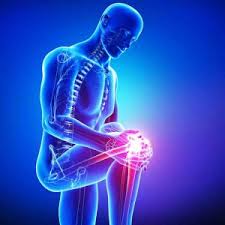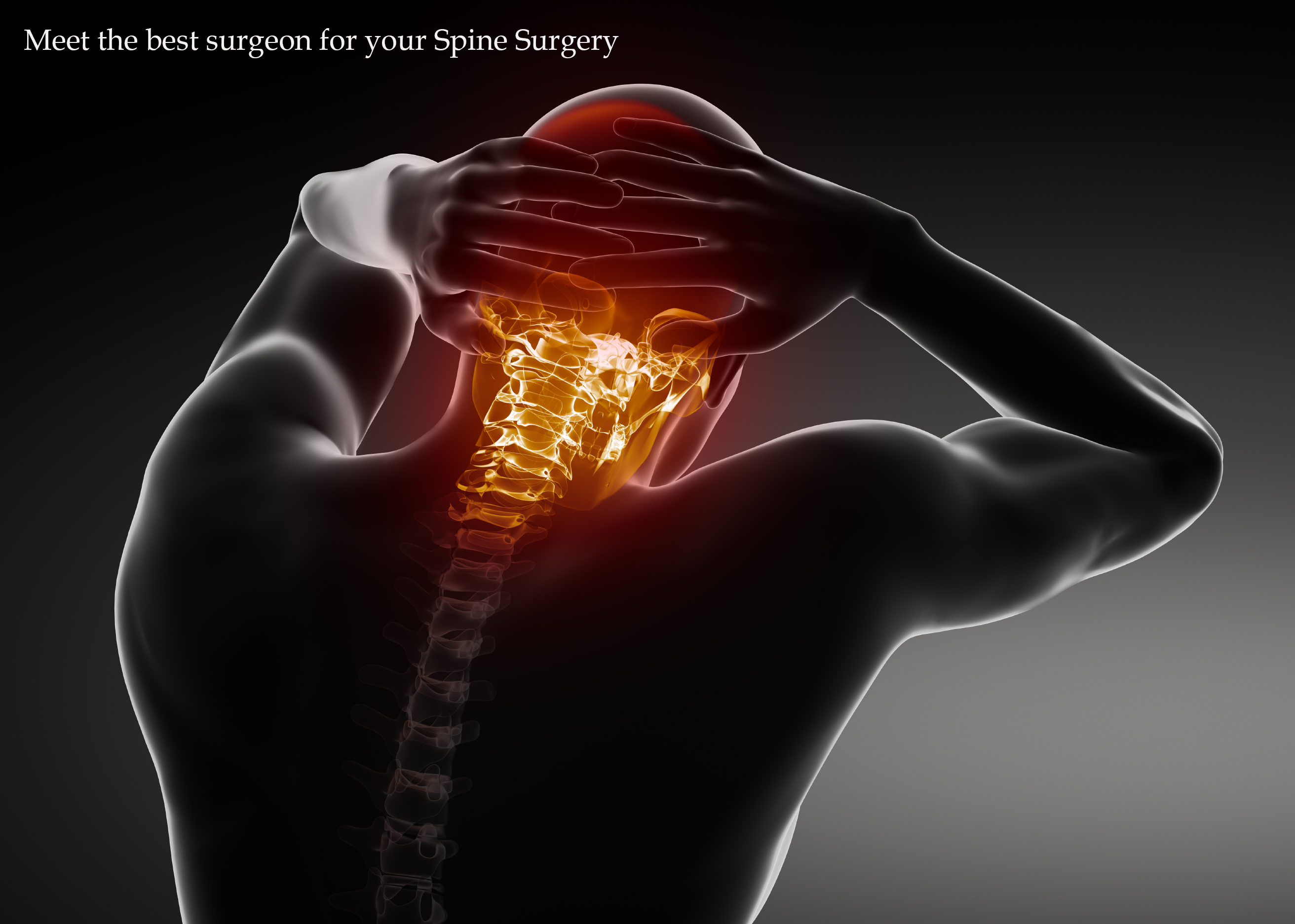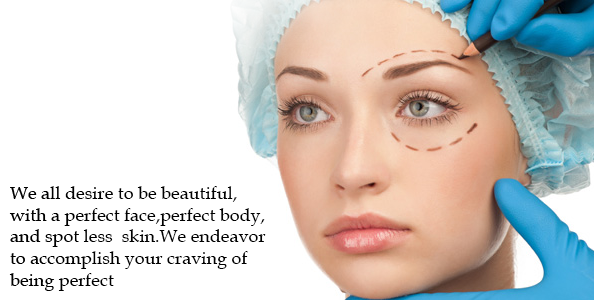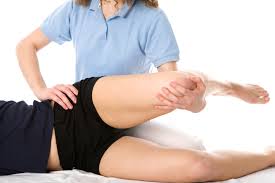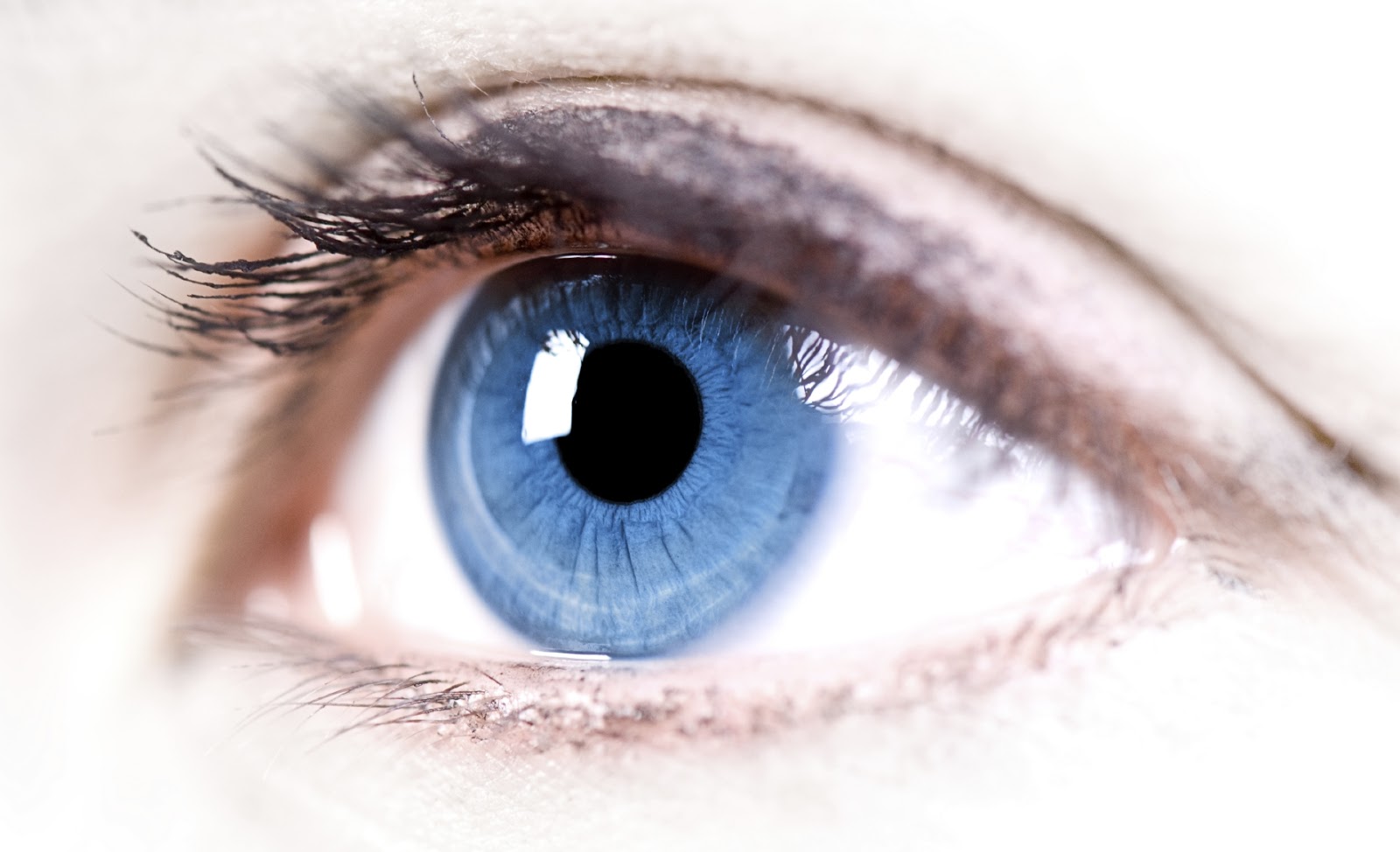What is Ulcerative Colitis?
Ulcerative colitis (UC) is a condition which involves inflammation and ulceration of the lining of the large intestine, medically called as colon. (Colitis= inflammation of colon).
The digestive system is a system of organs responsible for digesting the food we eat so that nutrients in the food are available to body to provide required energy.
The digestive system consists of a long tube, which connects the mouth to the anus. Once food leaves the mouth, it enters the part of the GI tract called the esophagus and then the stomach. In the stomach food pauses for sometime and is mixed up with acid and juices present in the stomach.
It then passes into the small intestine, which measures about 20 feet in length. The small intestine has three parts; the part nearest the stomach is the duodenum, the next part is the jejunum and the third part that connects to the large intestine is the ileum. Small intestine is the site where most of the food is digested with the assistance of secretions from the liver, gall bladder, and pancreas. The nutrients from this digested food are then absorbed through small intestine.
Followed by the small intestine is the large intestine, which is more frequently referred to as the colon. The large intestine (colon) is 6-7 feet in length. The first part of the colon is called the caecum and the appendix is found there. The caecum and appendix are situated in right lower portion of the abdomen. Large intestine then extends upward (this portion being called as ascending colon), then takes a turn and passes across (portion called as transverse colon) and then goes down wards (descending colon). At the end of descending colon, portion of large intestine which look like alphabet S is called as sigmoid colon which opens into rectum. The main function of the colon is to absorb water from the processed food residue that arrives after the nutrients have been absorbed in the small intestine. The last part of the colon is the rectum, which is a reservoir for feces. Faeces are stored here until a bowel movement occurs.
The patients of ulcerative colitis have swelling along with ulcers located in their colon and rectum.
Broadly speaking ulcerative colitis is included under an umbrella term called as inflammatory bowel disease (IBD). IBD is a term referring to the diseases that cause chronic inflammatory condition of digestive tract. Another condition included under this category is Crohn’s disease. Crohn’s disease can cause inflammation similar to ulcerative colitis anywhere in the digestive tract from the mouth to the rectum, but more commonly it attacks the small intestine in contrast to ulcerative colitis, which attacks mainly the large intestine.
Types of Ulcerative Colitis:
The inflammation related to ulcerative colitis usually occurs in the rectum and lower part of the colon, but it may affect the entire colon. Ulcerative colitis rarely affects the small intestine except for the lower section, called the ileum. Depending upon which portion of intestine is most affected by UC, it is put under various types as follows.
Inflammation of
Entire colon =Pan-colitis (pan =entire, colitis=inflammation of colon)
Rectum= Proctitis
Sigmoid colon (S shaped portion of colon located just above the rectum) = Sigmoiditis
Beyond sigmoid colon= Left-sided colitis
Pathology:
Inside the large intestine, the inflammation of the inner lining (mucosa) causes death of the colon lining cells and this results in sores or ulcers. Also the inflammation makes the colon to empty frequently resulting in diarrhea. As the lining of the colon is destroyed, ulcers form releasing mucus, pus and blood.
Nature of the disease:
Ulcerative colitis is a chronic disease and is notorious for its waxing and waning nature.
Usually the patients of ulcerative colitis have alternating periods of relative health where the patient is symptom-free or experiences very mild symptoms (remissions) alternating with periods of active disease (relapse or flare).
Fortunately, as treatment has improved, the proportion of people with continued symptoms appears to have diminished significantly.
How common is the condition:
Ulcerative colitis is a global condition affecting people world over. It is estimated that in Unites states alone there are about one million people who suffer from some form of IBD. About half of the people with IBD have ulcerative colitis; about half have Crohn’s disease.
Ulcerative colitis affects people of all ages, but at large it is the disease of young adults. Most cases of UC are diagnosed in people between the ages 15 to 40 years. However, children as small as few months old and older people sometimes develop the disease.
The incidence of Ulcerative colitis has risen with the tide of civilization. Moreover this is a disease of young people having grievous impact on their education and career.
Ulcerative colitis does not show any gender preference and affect males and females equally. It appears to run in families. Studies also consistently conclude that ulcerative colitis occurs more often within the Jewish population.
Treatments:
Ulcerative colitis being a chronic and deep-seated disease. The treatment of Ulcerative colitis has to be planned strategically on a long-term basis. Experience suggests that the cases of Ulcerative Colitis if treated using homeopathy, especially in the early stages, respond much better. Also, it is documented that the patients who have received plenty of conventional treatment do much better when additional homeopathic treatment is added.
Research proven homeopathy offers effective treatment for Ulcerative Colitis, which has been scientifically documented. Homeopathy is very safe and can be combined with the conventional treatment if required.
The Homeopathy Treatment
Dr Rajesh Shah’s Treatment for Ulcerative ColitisThe homeopathic treatment for Ulcerative Colitis on the concept of immuno-correction, using medicines which are supposed to correct the immune mechanism which is responsible for the formation of ulcerations in the colon. Homeopathy aims at immuno-modulation using the medicines which are also capable of addressing the genetic predisposition, helping the disease process at a deeper level.
Dr Rajesh Shah, M.D. has researched on various chronic diseases including Ulcerative colitis for over 22 years. His research based molecules have international patent pending. His unique treatment protocol is made available to patients world over. At this point, there are patients from 127 countries under Dr Shah’s care, which has been a world record.
The duration of treatment:
The total length of treatment varies form case to case, depending of the following factors:
Duration of Ulcerative colitis
Extent of Ulcerative colitis
Previous or current medication such as cortisone or other immunosuppressive medicines.
General health and associated diseases
One may expect a definite improvement in about four months. The total length of medication may be
anything between six months to two years or longer, depending on various parameters. Tapering of the conventional treatment can be achieved over the period of time, in coordination with a local gastroenterologist.
Why homeopathy for Ulcerative colitis?
The major benefits of homeopathy could be summarized as under:
It offers excellent treatment which has a success rate of over 70%.
It offers immuno-correction hence gives deep-level healing.
It offers long-lasting cure instead of temporary relief.
It helps to reduce (and eventually stop) need for cortisone and other medicines
It is absolutely harmless, safe and non-toxic.
It helps arrest further progress of disease and hence deterioration caused by disease.
If administered in early stage it prevents complications like joint swelling, skin and eye complication, and even chances of colon cancer.
It is possible to avoid surgery with timely administered homoeopathy medicines for ulcerative colitis.
It significantly helps to reduce the relapse and recurrence of condition. It treats the disease from root and not merely superficially.
General management:
Patients with ulcerative colitis whose symptoms are triggered by certain foods are advised to control the symptoms by avoiding foods that upset their intestines, like highly seasoned foods or milk sugar (lactose). Generally, the patient is advised to eat a healthy, well-balanced diet with adequate protein and calories. A multivitamin is often recommended to patch up with loss of nutrients in various forms associated with ulcerative colitis. Moreover, emotional support from friends and family may help reduce the stress and its consequent repercussions on the course of disease.


